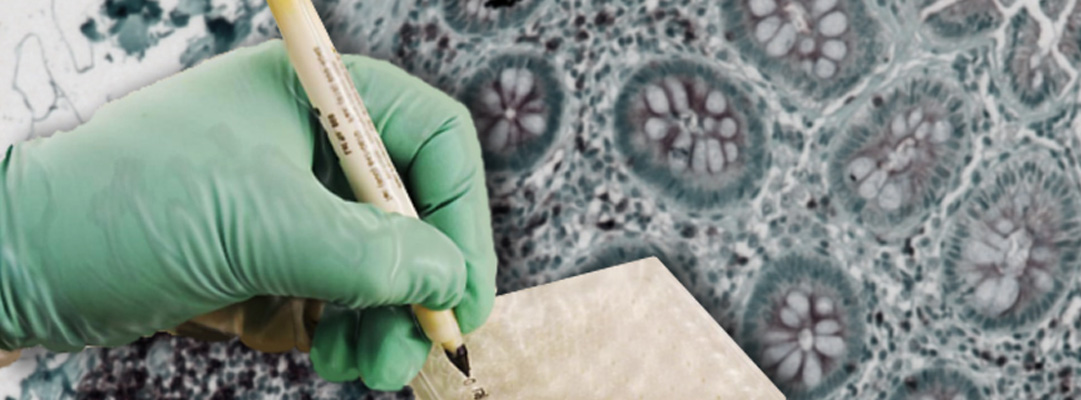The most critical barrier for curing HIV-1 infection is the presence of the viral reservoir, the cells in which the HIV virus can lie dormant for many years and avoid elimination by antiretroviral drugs. Very little has been known about when and where the viral reservoir is established during acute HIV-1 infection, or the extent to which it is susceptible to early antiretroviral therapy (ART).
Now a research team led by investigators at Beth Israel Deaconess Medical Center (BIDMC) in collaboration with the U.S. Military HIV Research Program has demonstrated that the viral reservoir is established strikingly early after intrarectal simian immunodeficiency virus (SIV) infection of rhesus monkeys and before detectable viremia.
The findings appear online in the journal Nature.
“Our data show that in this animal model, the viral reservoir was seeded substantially earlier after infection than was previously recognized,” explains senior author Dan H. Barouch, MD, PhD, Director of the Center for Virology and Vaccine Research at BIDMC and steering committee member of the Ragon Institute of Mass General, MIT, and Harvard. “We found that the reservoir was established in tissues during the first few days after infection, before the virus was even detected in the blood.”
The study is being published as news of the HIV resurgence in the “Mississippi baby,” who was believed to have been cured by early administration of ART, are being reported. “The unfortunate news of the virus rebounding in this child further emphasizes the need to understand the early and refractory viral reservoir that is established very quickly following HIV infection in humans,” adds Barouch, a Professor of Medicine at Harvard Medical School.
In this new study, the scientific team initiated suppressive ART in groups of monkeys on days 3, 7, 10 and 14 after intrarectal SIV infection. Animals treated on day 3 following infection showed no evidence of virus in the blood and did not generate any SIV-specific immune responses. Nevertheless, after six months of suppressive ART, all of the animals in the study exhibited viral resurgence when treatment was stopped.
While early initiation of ART did result in a delay in the time to viral rebound (the time it takes for virus replication to be observed in the blood following cessation of ART) as compared with later treatment, the inability to eradicate the viral reservoir with very early initiation of ART suggests that additional strategies will be needed to cure HIV infection.
“The strikingly early seeding of the viral reservoir within the first few days of infection is sobering and presents new challenges to HIV-1 eradication efforts,” the authors write. “Taken together, our data suggest that extremely early initiation of ART, extended ART duration, and probably additional interventions that activate the viral reservoir will be required for HIV-1 eradication.”
Study coauthors include first author James Whitney of BIDMC and the Ragon Institute of Mass General, MIT, and Harvard; BIDMC investigators Srisowmya Sanisetty, Pablo Penaloz-MacMaster, Jinyan Liu, Mayuri Shetty, Lily Parenteau, Crystal Cabral, Jennifers Shields, Stephen Blackmore, Jeffrey Y. Smith, Amanda L. Brinkman, Lauren E. Peter, Sheeba I. Mathew, Kaitlin M. Smith, Erica N. Borducchi; Aliso L. Hill and Daniel I. S. Rosenbloom of Harvard University; Mark G. Lewis of Bioqual, Rockville, MD; Jillian Hattersley, Bei Li, Joseph Hesselgesser, Romas Geleziunas of Gileas Sciences, Foster City, CA; and Jerome H. Kim and Nelson L. Michael of the Walter Reed Army Institute of Research.
This study was supported, in part, by the US Military Research and Material Command and the US Military HIV Research Program through its cooperative agreement with the Henry M. Jackson Foundation (W81XWH-07-2-0067; W81XWH-11-2-0174); the National Institutes of Health (AI060354; AI078526; AI084794; AI095985; AI096040; AI100645) and the Ragon Institute of Mass General, MIT, and Harvard.
—————-
Beth Israel Deaconess Medical Center is a patient care, teaching and research affiliate of Harvard Medical School, and currently ranks third in National Institutes of Health funding among independent hospitals nationwide.
BIDMC is in the community with Beth Israel Deaconess Hospital-Milton, Beth Israel Deaconess Hospital-Needham, Beth Israel Deaconess Hospital-Plymouth, Anna Jaques Hospital, Cambridge Health Alliance, Lawrence General Hospital, Signature Health Care, Beth Israel Deaconess HealthCare, Community Care Alliance, and Atrius Health. BIDMC is also clinically affiliated with the Joslin Diabetes Center and Hebrew Senior Life and is a research partner of Dana-Farber/Harvard Cancer Center. BIDMC is the official hospital of the Boston Red Sox. For more information, visit www.bidmc.org.
MEDIA CONTACT: Bonnie Prescott (617) 667-7306; [email protected]


 Ragon Institute
Ragon Institute 